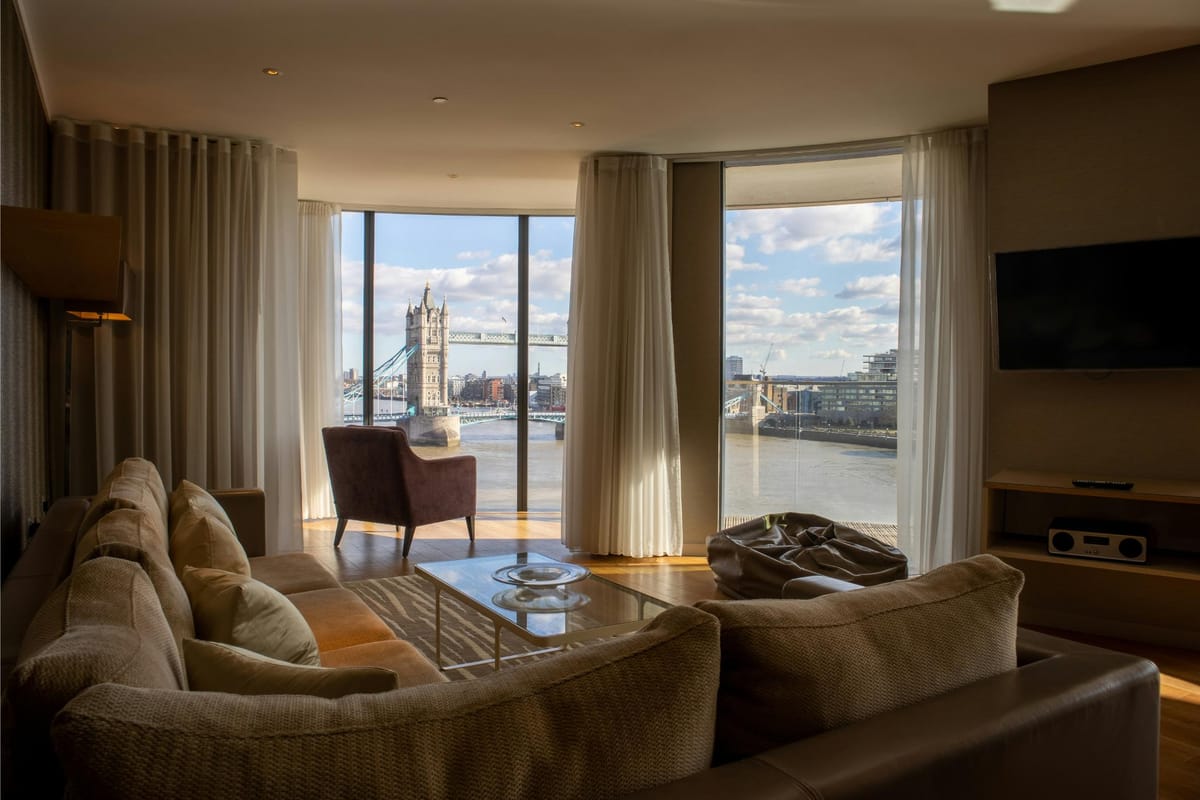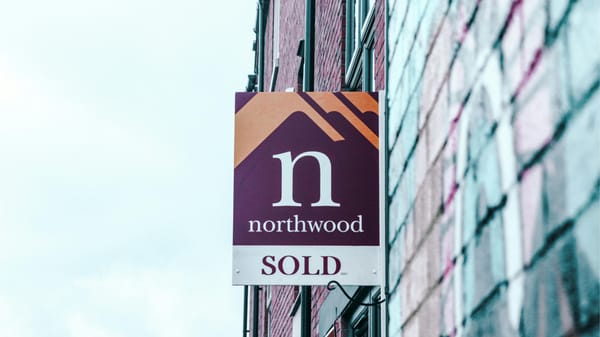Barratt Backs Passivhaus: Why Britain’s Biggest Housebuilder Is Betting on Ultra-Efficient Homes

Barratt’s plan to roll out Passivhaus-standard homes across London marks a serious shift in the way new housing might be built and marketed. Is this the tipping point for energy performance as a mainstream selling point?
Barratt Developments, the UK’s largest housebuilder, has announced that it will begin building all new flats in London to Passivhaus standards; a move that could have major implications for developers, local authorities, and buyers across the country.
For years, ultra-low-energy homes were seen as a niche, with complicated builds, specialist contractors, and costs that only the greenest clients were willing to bear. Now, that might be about to change.
Barratt’s decision is bold, but it’s also strategic. The firm is committing to a new approach at scale, beginning with 728 units across Acton and High Barnet, as part of a larger £1.9 billion joint venture with Transport for London. That scheme alone aims to deliver 4,000 homes over the next decade, half of which are earmarked as affordable.
So what’s driving this shift? What makes Passivhaus worth the investment? And how might this decision affect the wider property market?
What Is Passivhaus; and Why Does It Matter Now?
Passivhaus is a building standard that originated in Germany. It’s based on rigorous energy efficiency criteria that drastically reduce the need for heating and cooling. The key features include:
- Airtight construction to limit heat loss
- Super-insulated walls, roofs, and floors
- Triple-glazed windows
- Mechanical ventilation systems with heat recovery
- Independent heat pumps for zoned control
Together, these features can slash heating bills by up to 60 percent. For tenants and homeowners facing high energy costs, that’s a meaningful saving. For developers, it opens the door to meeting and exceeding future regulatory benchmarks before they become mandatory.
Until now, uptake in the UK has been limited, with only a handful of large-scale schemes adopting the standard. Barratt’s move signals a belief that costs have come down enough; and the demand for energy-efficient homes has risen enough; to make it commercially viable at scale.
Why Is Barratt Doing This?
Barratt is not making this decision based on idealism alone. Several key factors are likely influencing the move.
1. Market Differentiation
In a cooling sales environment, energy performance is fast becoming a competitive advantage. Buyers and renters are more conscious of energy bills and are actively searching for homes with lower running costs. Passivhaus offers a clear, measurable performance advantage.
While EPC ratings can be hit-and-miss, Passivhaus certification is rigorous and trusted. For a mass-market builder, that brand credibility could make a real difference.
2. Regulatory Anticipation
The Future Homes Standard, set to be introduced in 2025, will require all new homes in England to produce 75–80% less carbon than those built to previous building regulations. Barratt’s early move positions them ahead of the curve.
Rather than waiting for legislation to force upgrades, they’re taking control of the narrative now. It’s a way of saying to planning authorities and investors, “We’re already building the homes of tomorrow.”
3. Funding and JV Leverage
This initiative is being launched through a joint venture with Transport for London. That kind of public-private partnership can offer both funding certainty and planning stability; which makes it easier to take design risks and aim for higher standards.
TfL’s involvement is key here. Public bodies increasingly require sustainability benchmarks in the schemes they back. If that’s the direction of travel for public land release, Barratt is aligning itself with future tender criteria.
Could This Be the Start of a National Shift?
This isn’t just about one builder in one city. If Barratt is successful; both commercially and operationally; other developers will take note.
The big question is: can Passivhaus be delivered at the same pace and cost as traditional new builds?
It’s too early to answer definitively, but Barratt’s investment suggests they believe it can. The technical processes involved in Passivhaus construction are well understood now. The materials are more readily available than even five years ago. And training programmes for specialist contractors have expanded.
If Barratt manages to deliver these homes on time, within budget, and with satisfied buyers, the commercial argument for widespread adoption strengthens significantly.
What It Means for Developers and Landlords
The knock-on effect of this move could be substantial.
1. Planning Leverage
Councils are under pressure to hit environmental targets. Developers offering Passivhaus or similar high-performance schemes may find smoother planning processes and better community support.
This is especially relevant in areas with strong environmental lobbies, where standard volume builds are often met with resistance.
2. Future-Proofing Against Regulation
Building to current minimum standards is increasingly risky. The cost of retrofitting or adjusting partially built schemes when regulations change can be severe.
By adopting Passivhaus now, developers and landlords insulate themselves; figuratively and literally; from future regulatory shocks.
3. Tenant and Buyer Demand
Rising energy costs have made running costs a more prominent consideration for buyers and tenants alike. Flats that offer 60% lower heating bills will be easier to let or sell, even in competitive markets.
In rental portfolios, especially those aimed at professionals or families, energy performance is now a clear differentiator. Green leases, lower turnover, and increased satisfaction all feed into stronger returns.
The Risk: Cost and Delivery at Scale
None of this is risk-free.
Passivhaus construction requires more up-front investment, tighter tolerances, and more rigorous site supervision. Mistakes made during the build phase can compromise performance. That increases the pressure on site teams, procurement, and project management.
Barratt has the balance sheet and delivery experience to absorb these risks. Smaller developers may find it harder to deliver to Passivhaus standards without support or partnerships.
There’s also the issue of consumer understanding. Buyers need education on how these homes operate, especially in relation to ventilation systems and temperature control. If handovers are poor or communication is lacking, the perception of value could be lost.
What Happens Next?
The first two Passivhaus developments; in Acton and High Barnet; will serve as a test case for the wider rollout. If the units perform well, both in delivery and market reception, Barratt is likely to expand the model.
This could trigger a response from other major builders, especially those looking to win public sector land or joint venture contracts.
The broader construction supply chain will also respond. Increased demand for triple glazing, heat recovery units, and super-insulated materials will shift pricing and availability. That, in turn, lowers the barriers for other firms to follow.
In time, we may see a cascade effect where Passivhaus becomes a new benchmark; not the niche exception.
Final Thought
Barratt’s commitment to building Passivhaus-standard homes across London is more than a technical upgrade. It’s a commercial statement. The largest housebuilder in the country is betting that the market is ready for homes that do more than meet minimum standards.
If they’re right, this could be the start of a meaningful shift in how we think about property design, marketing, and performance. For property professionals, the message is clear: energy performance is no longer a future issue. It’s now a central part of present-day strategy.
For those still building or managing to yesterday’s standards, it might be time to catch up.





